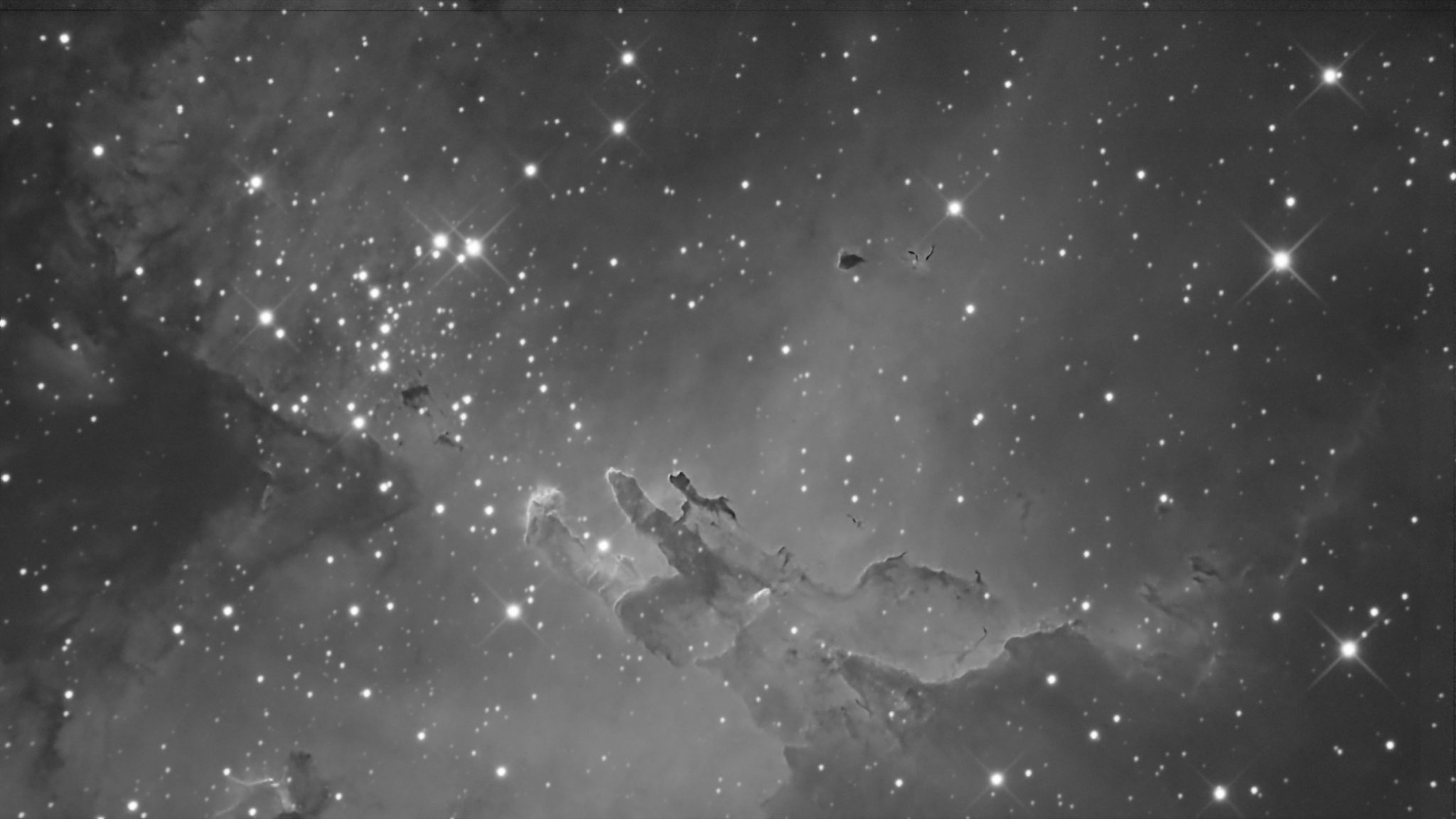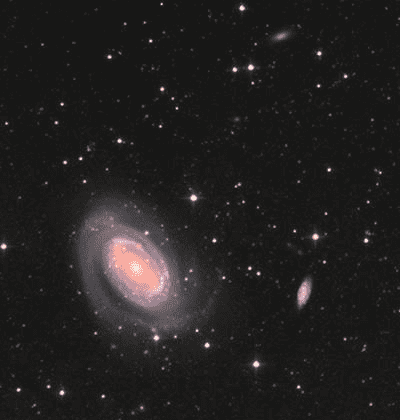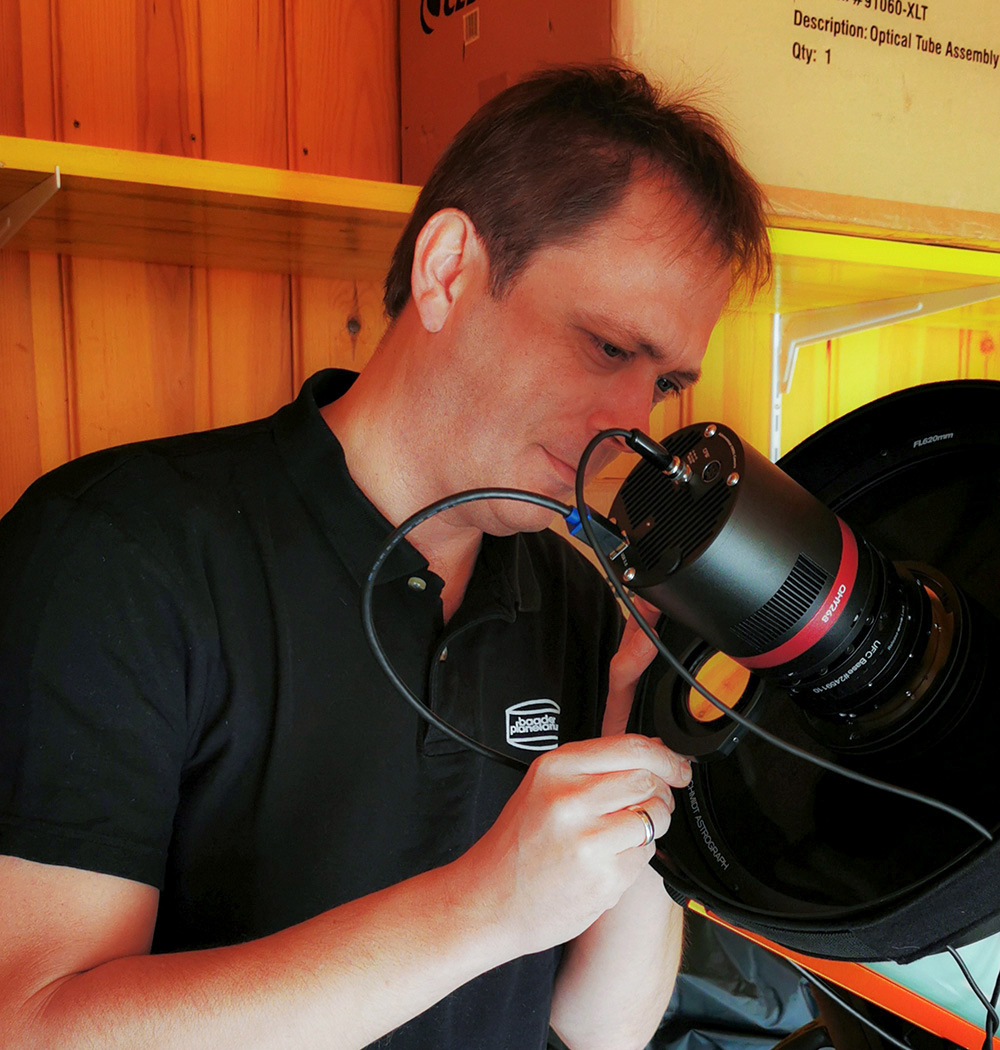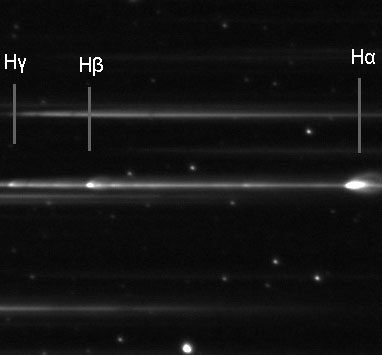By Mitchell Duke
I finally got a chance to try out the new QHYCCD miniCAM8 Color camera. This year has been terrible with the weather so far. Nothing but clouds, and rain. However, on June 9th 2025 I finally got the chance to test out this small, compact, all-in-one imaging solution.
I have been imaging for 18 years. I have had numerous telescopes, from a 70mm Refractor to now a 460mm Newtonian. My current Scope has a mirror and cell made by Nauris. I made the structure myself. I am a very experienced imager especially in planetary work. I do dab into the DSO realm ever so often. However, everything I do is evolved around high-resolution imaging.
Now for the review of the camera. The camera is very small but built very well. The CNC work is done perfectly. Everything from the smooth contours to the logo. The filter wheel is perfect, and I could not detect any light leakage. Filter changes were very smooth and very accurate. With the included extensions, I had no issues getting to the correct back focus. There is one change I would request to help imagers. The adapter for the camera is not a standard adapter and does not play well with store-bought online adapters.
As you can see, this is not your standard imaging camera. Unlike competing brands, it includes everything you will possibly need to image right out of the box.
The camera comes with the following items:
*12-volt 5a Power adapter
*12-volt power cable
*12-volt locking adapter
*C-Mount to 1.25” adapter
*C-Mount to 2” adapter
*Desiccant tube
*Tweezer for filter installation
*Screwdriver
*Camera bag
*4 filters:
– Light pollution filter
– Heavy light pollution filter
– 4 Channel Enhancement filter
– UV/IR cut filter
I used the camera in Nina, as well as FireCapture, with no issues at all. NINA and FireCapture found the drivers without any issues. This is a direct reflection of how well QHY is doing with their driver development.
The first test was Jupiter with the IR filter to test the sensitivity of the setup. I can tell you right now this is a fantastic sensor. The IR sensitivity rivals my Mono cameras. The camera has a QE of 92% in the visual spectrum and 60% for the IR wavelengths. You can also see how great this sensor performs as a result of the low noise in the image. Hopefully as the planetary season gets into full swing, I will be able to update some more planetary images. This is already a win-win situation imagers. Not many cameras can do both planetary and DSO work. The settings used for this image were 8.0 ms exposure, gain 450, and the histogram was at 80%. The capture time was 60 seconds and 125 frames per second.
Telescope: Newtonian 18″ f3.93 Nauris mirror and mirror cell. (The structure was built by Mitchell Duke.)
Imaging Camera: QHYCCD miniCAM8 color
Guiding Camera: QHY5III585
Mount: Ioptron CEM 120
Other accessories: QHYCCD Q-Focuser, Televue Paracorr
Exposure time: 6 subs with the LP filter, 6 darks, 6 flats, exposure time 120 seconds
How about the filters? Are they good quality? This will probably be the biggest question on everyone’s mind. I have had Astronomics, Baader, Chroma, and Antilla filters in the past. I can proudly report that the filters are very good! If you look at my images, there are no halos on the bright stars. Images in all filters are very sharp. There is no unwanted ghosting or reflections from the filters. QHYCCD has also discussed having a variety of filters in the near future for different needs. They already have filters for the color version, mono version, and now a photometry version.
The sensor specs for this camera are:
*Pixel area: 3856*2180
*Pixel size: 2.9
*Full Well: 54ke-
*Noise: .76-7.8e-
*Full frame rate: 41.5 fps 8bit to 23.5 fps 16-bit
There is another interesting feature that no other camera with this sensor has. It’s Linearity HDR Mode. Basically they combined low and high gain to make a 16-bit mode. With the algorithm approach, the linearity is corrected through software.
This is where I was shocked by the results. The M16 images were made on a night that the transparency was bad according to the Clear Sky Clock.
This was due to the Canadian wildfires. I could barely see the stars visually during the image runs. If this camera can do this, I cannot wait until the transparency is back to normal. Most planetary cameras are not known for being good with DSOs. This is totally the opposite! The camera is very sensitive and, in my opinion, has the perfect resolution. The images that it produced were fantastic with very little noise. To tell you the truth, the darks, and flats were not even needed. They did very little to improve the image outcome. The M16 images were done with the low light pollution filter. Not bad for only 6 light frames. The details are very evident in the image results. Also of note is that there is no obvious sensor tilt with this unit as with other cameras. I will be adding more data soon to this shot with another filter to make use of the Hubble palette colors.
This camera is perfect for small refractors or even small Newtonians. If you spend enough time on imaging the same target, collimation, and guiding, you will certainly see how well this camera can perform. The real question is, could I see myself buying this camera all over again? The answer would be yes. Having owned multiple DSO cameras in the past, this camera is probably my favorite. It’s compact, so all I need is a small bag for my DSO gear. The filters come with the camera, so no need to buy more filters! The power cord comes with the camera, which is a big deal! The price difference in similar cameras is huge. If you were buying a competitors camera with filters you would be looking at $1350.00. This camera only runs for $800.00. This is a difference of $550.00. To summarize, if you are looking for a camera that will not break the bank. A camera that will image with the larger format cameras. A camera with a lightweight as well as compact design. You have just found your dream camera, the QHYCCD miniCAM8.









